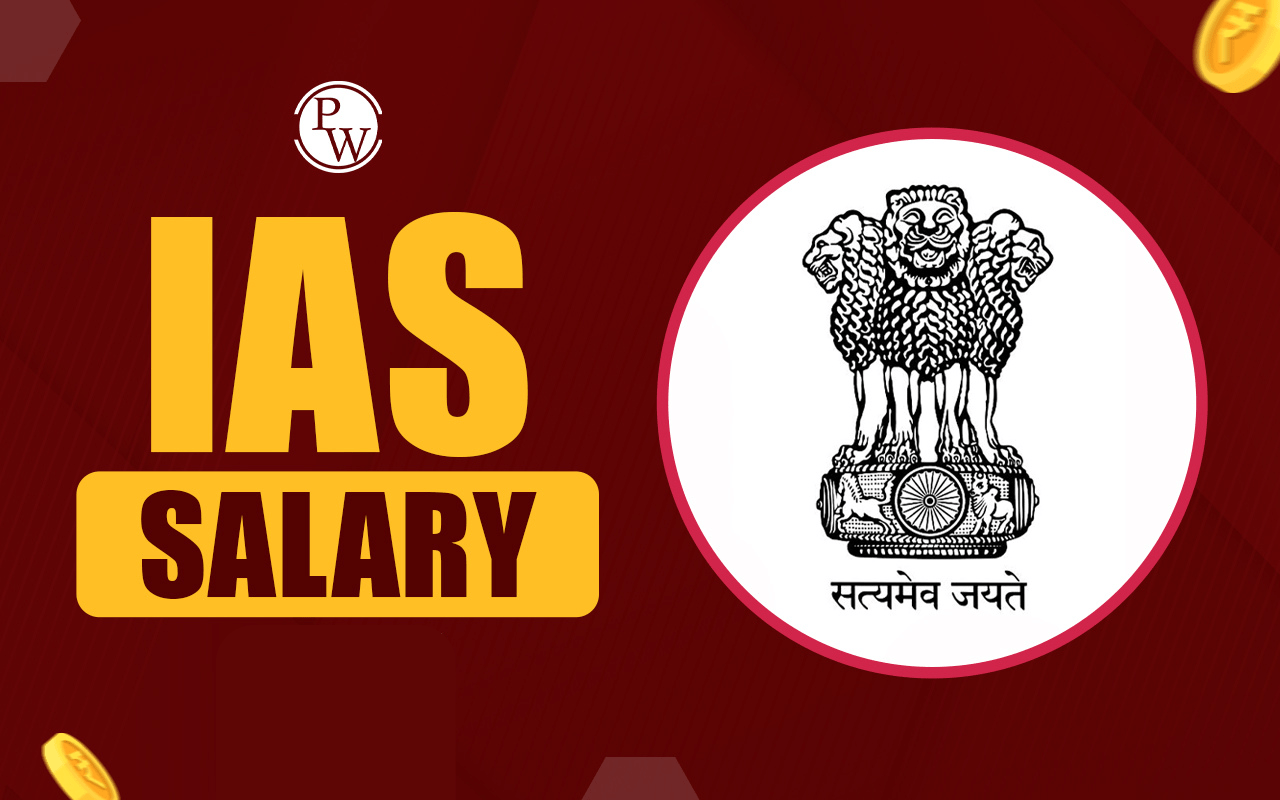
The Winter Solstice is a unique astronomical event that marks the shortest day and longest night of the year. It holds cultural, historical, and scientific significance around the world. Winter Solstice 2024 date is Saturday, 21 December 2024.
The Winter Solstice is special, as on this day, the Sun is at its lowest p oint in the sky at noon. Keep reading to learn about the meaning, date, time, and effects of the Winter Solstice 2024.What is Winter Solstice?
The winter solstice occurs when one of Earth’s poles is tilted farthest from the Sun. This results in the l east amount of daylight for the year. The term "solstice" comes from the Latin words sol (sun) and sistere (to stand still), indicating the apparent pause in the Sun’s movement. During the winter solstice, the Sun appears at its lowest point in the sky at noon. It is an important astronomical event and has been observed for thousands of years in various cultures. Festivals, rituals, and traditions across the world celebrate this phenomenon.
Winter Solstice 2024: Shortest Day of the Year
The Winter Solstice 2024 will occur on Saturday, December 21 . On this day, the Sun reaches its southernmost position in the sky for the Northern Hemisphere. It will result in the shortest period of daylight and the longest night of the year.- Date: December 21, 2024
- Time: The solstice is likely to occur at 2:49 PM in India (IST).
- Daylight Hours: Regions closer to the poles will experience fewer daylight hours.
Why Does Winter Solstice Happen?
The winter solstice happens because of the Earth’s axial tilt of 23.5 degrees. As Earth moves around the Sun, this tilt causes different regions to receive varying amounts of sunlight. In December, the Northern Hemisphere is tilted away from the Sun, resulting in a lower angle and reduced intensity of sunlight. This leads to shorter days and cooler temperatures. Meanwhile, the Southern Hemisphere experiences the summer solstice during this period.Effect of Winter Solstice
The Winter Solstice affects not only the amount of sunlight a region receives but also influences weather patterns, plant life, and even cultural practices. The winter solstice impacts our environment, culture, and daily life in several ways:- Seasonal Change: After this day, the days gradually become longer as the Earth starts to tilt towards the Sun again.
- Temperature Variation : Leads to cooler temperatures due to less solar energy reaching the surface.
- Cultural Significance: Celebrations like Yule, Dongzhi, and Soyal occur during the solstice.
- Astronomical Observation : Provides an opportunity to study Earth’s tilt and orbit.
- Agricultural Practices: Historically, farmers used the solstice to plan the agricultural calendar.
Winter Solstice in the Northern Hemisphere
In the Northern Hemisphere, the Winter Solstice usually occurs on December 21 or 22. On this day, countries like the United States, Canada, and Europe experience their shortest day and longest night. As a result, these regions prepare for a long winter season. Cities in northern latitudes, such as Reykjavik, Iceland, and Stockholm, Sweden, see very little daylight during the solstice.Winter Solstice in the Southern Hemisphere
While the Winter Solstice in the Northern Hemisphere signals the start of winter, in the Southern Hemisphere, it marks the start of summer. The Southern Hemisphere Winter Solstice happens around June 21 , which is the shortest day for countries like Argentina and South Africa.Difference Between Winter Solstice and Summer Solstice
While the winter solstice marks the shortest day of the year, the summer solstice marks the longest. The table below highlights their differences:| Difference Between Winter Solstice and Summer Solstice | ||
| Aspect | Winter Solstice | Summer Solstice |
| Meaning | Shortest day, start of winter. | Longest day, start of summer. |
| Date | December 21 or 22 | June 21 or 20 |
| Daylight Hours | Shortest day | Longest day |
| Night Duration | Longest night | Shortest night |
| Earth’s Position | Hemisphere tilted away from the Sun | Hemisphere tilted towards the Sun |
| Hemisphere Effect | Northern Hemisphere experiences winter; Southern experiences summer | Northern Hemisphere experiences summer; Southern experiences winter |
| Sun Cycle | Late sunrise, earliest sunset | Earliest sunrise, latest sunset |
| UPSC Related Articles | ||
| Universal Health Coverage Day 2024 | UNICEF Foundation Day 2024 | World AIDS Day 2024 |
| National Pollution Control Day 2024 | International Civil Aviation Day 2024 | World Soil Day 2024 |
Winter Solstice 2024 FAQs
What is the date of the winter solstice in 2024?
The winter solstice in 2024 falls on December 21.
Why does the winter solstice happen?
It happens due to Earth’s axial tilt, which reduces sunlight in the Northern Hemisphere.
Which hemisphere experiences the longest night during the winter solstice?
The Northern Hemisphere experiences the longest night.
What's the shortest day in 2024?
December 21, 2024, marks the shortest day in the Northern Hemisphere due to Winter Solstice.
What happens in the Southern Hemisphere during the winter solstice?
The Southern Hemisphere experiences its summer solstice with the longest day of the year.
Talk to a counsellorHave doubts? Our support team will be happy to assist you!

Check out these Related Articles
Free Learning Resources
PW Books
Notes (Class 10-12)
PW Study Materials
Notes (Class 6-9)
Ncert Solutions
Govt Exams
Class 6th to 12th Online Courses
Govt Job Exams Courses
UPSC Coaching
Defence Exam Coaching
Gate Exam Coaching
Other Exams
Know about Physics Wallah
Physics Wallah is an Indian edtech platform that provides accessible & comprehensive learning experiences to students from Class 6th to postgraduate level. We also provide extensive NCERT solutions, sample paper, NEET, JEE Mains, BITSAT previous year papers & more such resources to students. Physics Wallah also caters to over 3.5 million registered students and over 78 lakh+ Youtube subscribers with 4.8 rating on its app.
We Stand Out because
We provide students with intensive courses with India’s qualified & experienced faculties & mentors. PW strives to make the learning experience comprehensive and accessible for students of all sections of society. We believe in empowering every single student who couldn't dream of a good career in engineering and medical field earlier.
Our Key Focus Areas
Physics Wallah's main focus is to make the learning experience as economical as possible for all students. With our affordable courses like Lakshya, Udaan and Arjuna and many others, we have been able to provide a platform for lakhs of aspirants. From providing Chemistry, Maths, Physics formula to giving e-books of eminent authors like RD Sharma, RS Aggarwal and Lakhmir Singh, PW focuses on every single student's need for preparation.
What Makes Us Different
Physics Wallah strives to develop a comprehensive pedagogical structure for students, where they get a state-of-the-art learning experience with study material and resources. Apart from catering students preparing for JEE Mains and NEET, PW also provides study material for each state board like Uttar Pradesh, Bihar, and others
Copyright © 2025 Physicswallah Limited All rights reserved.
Get App






